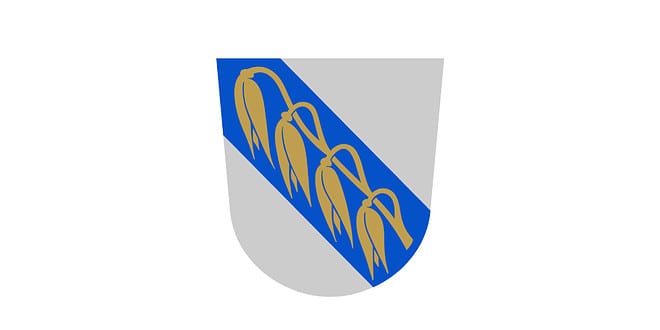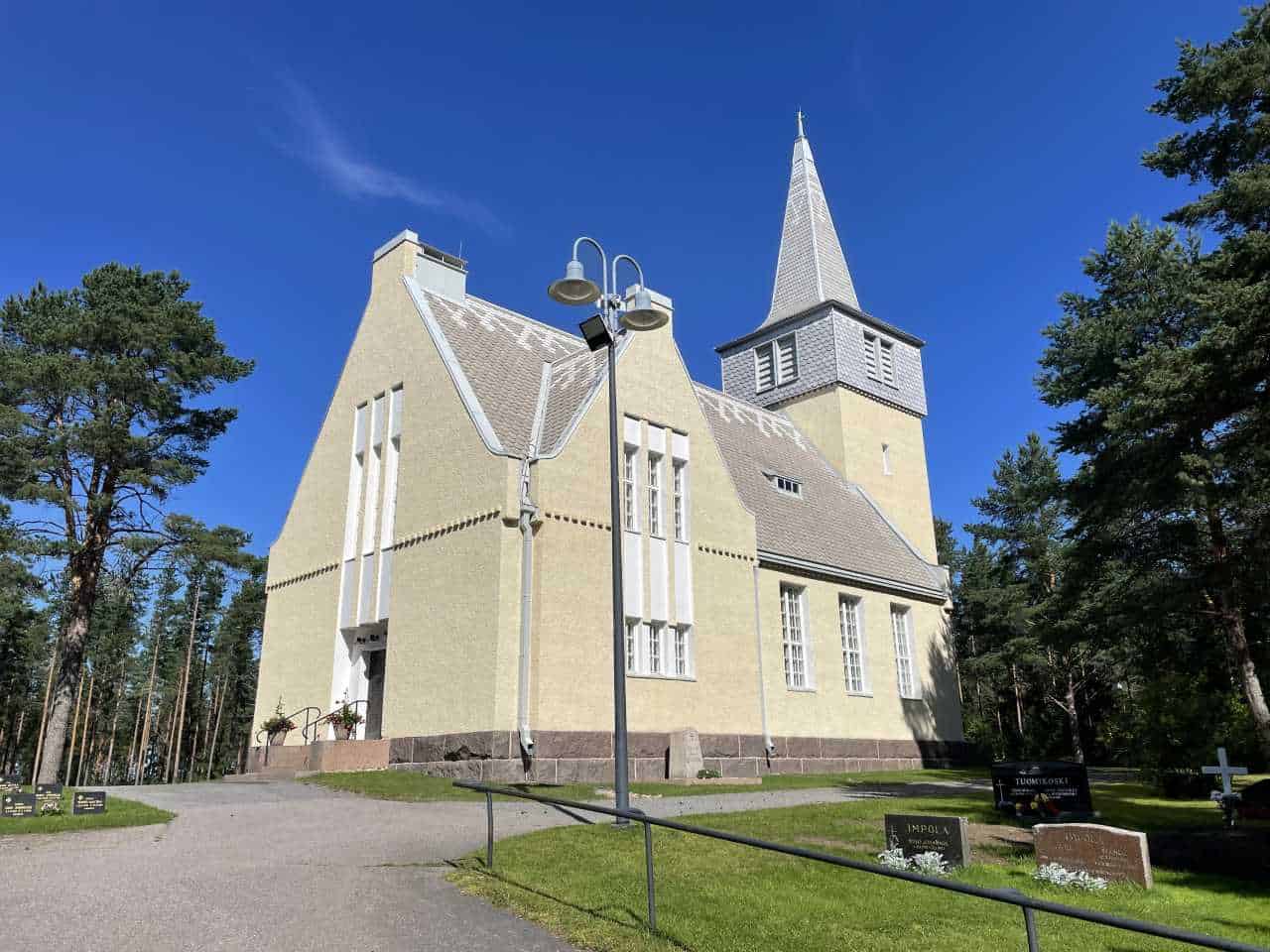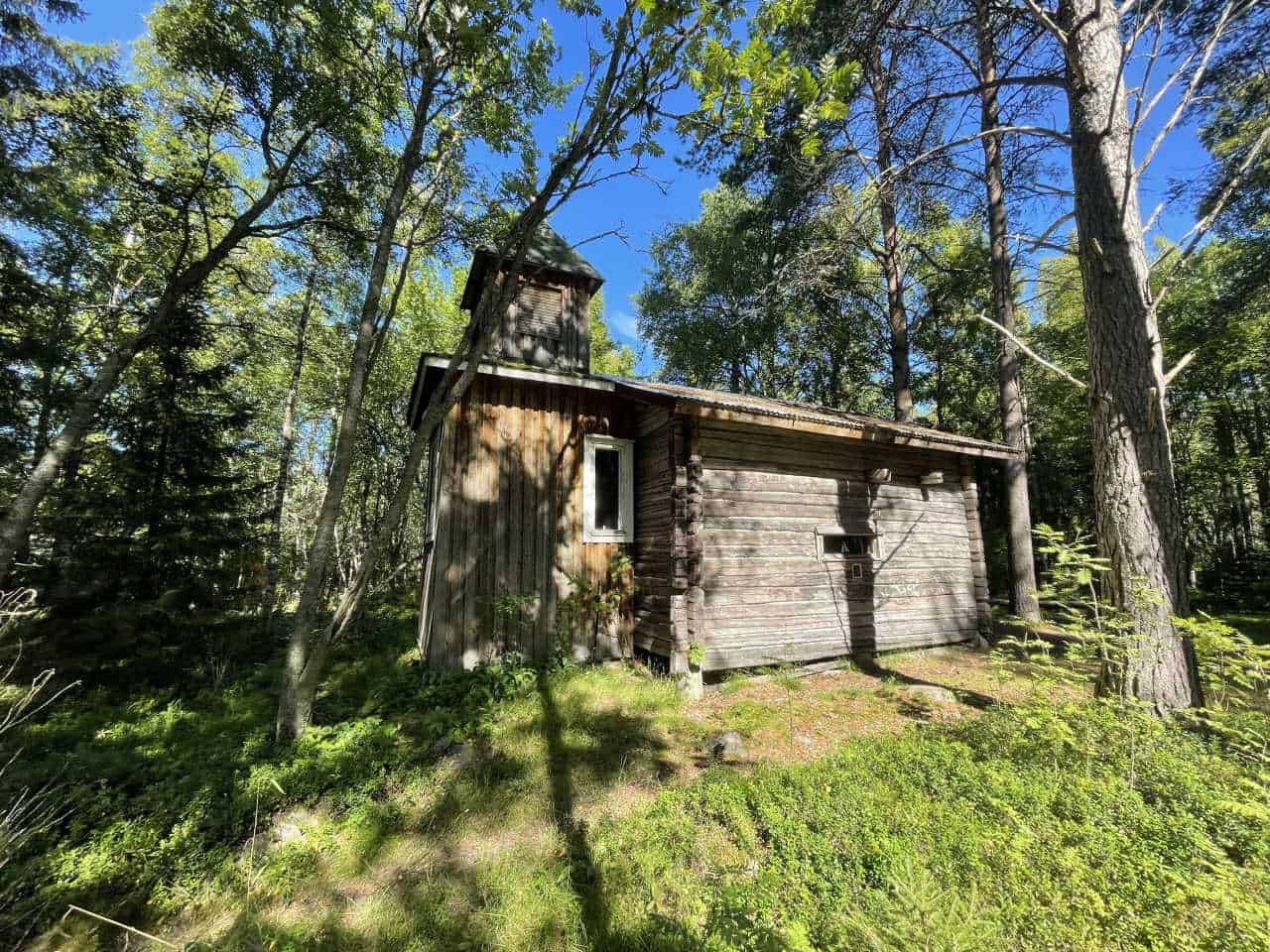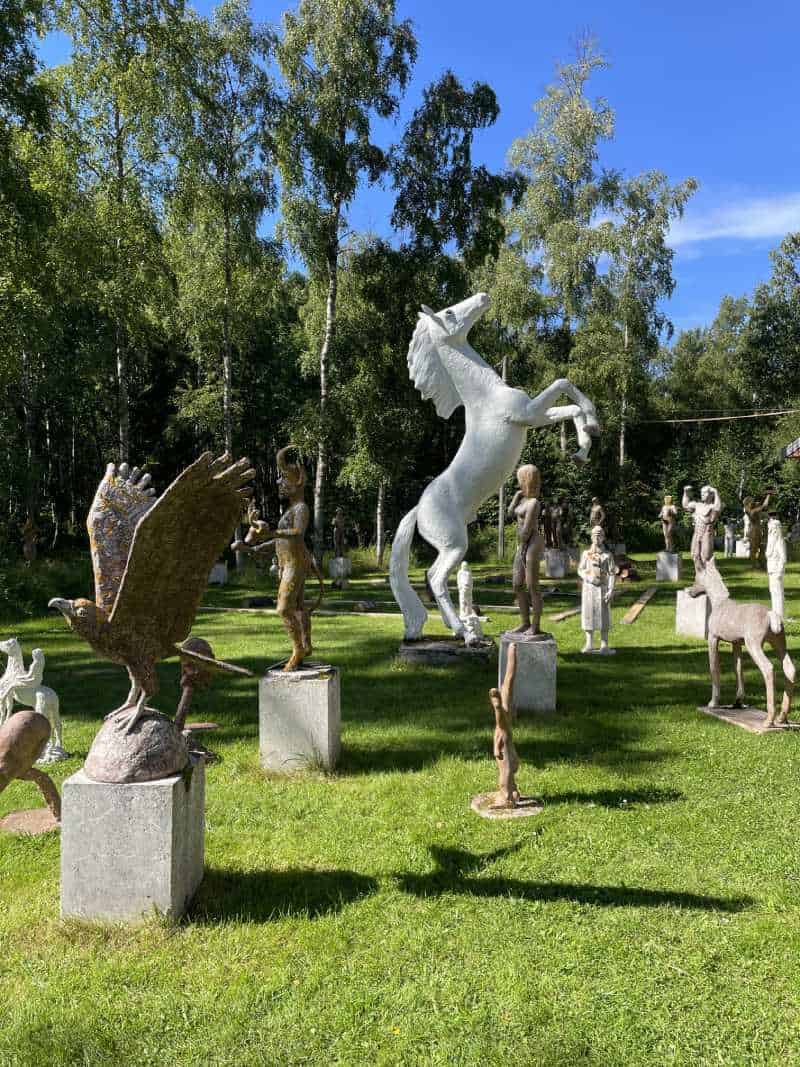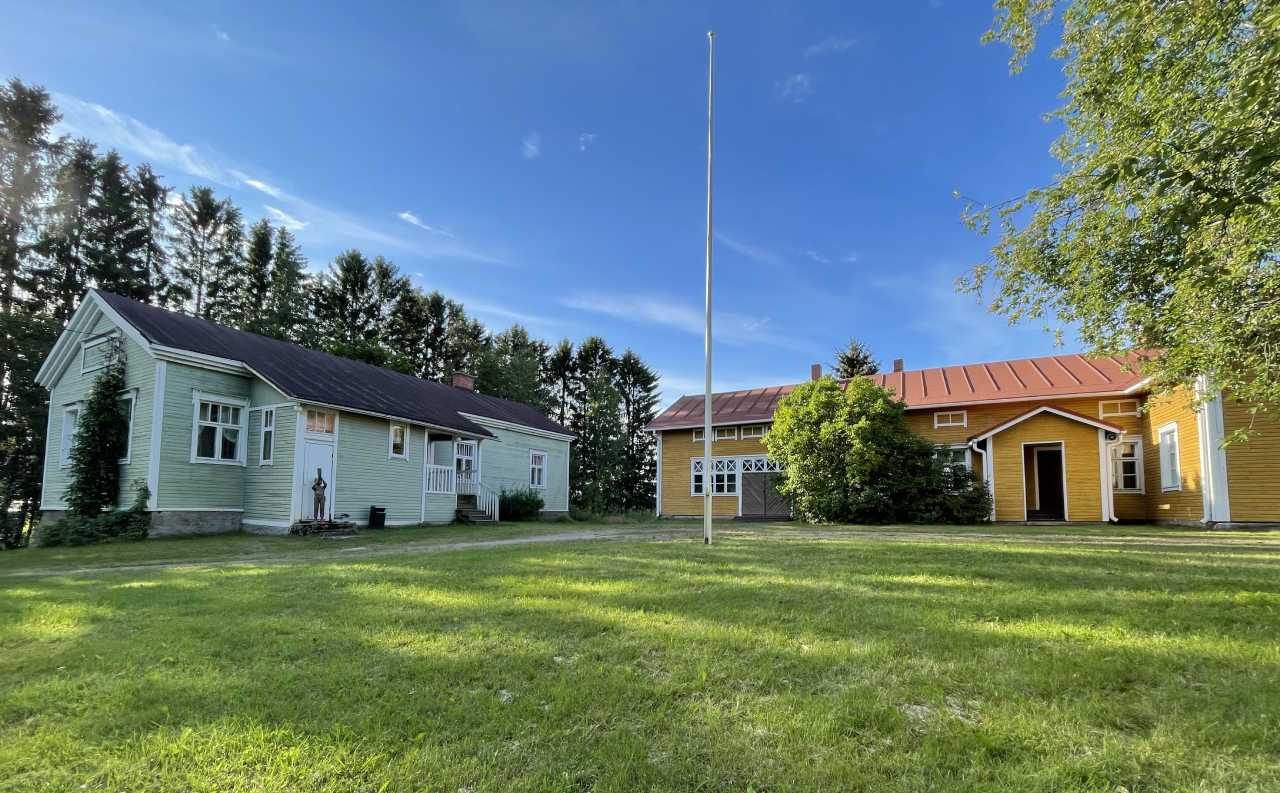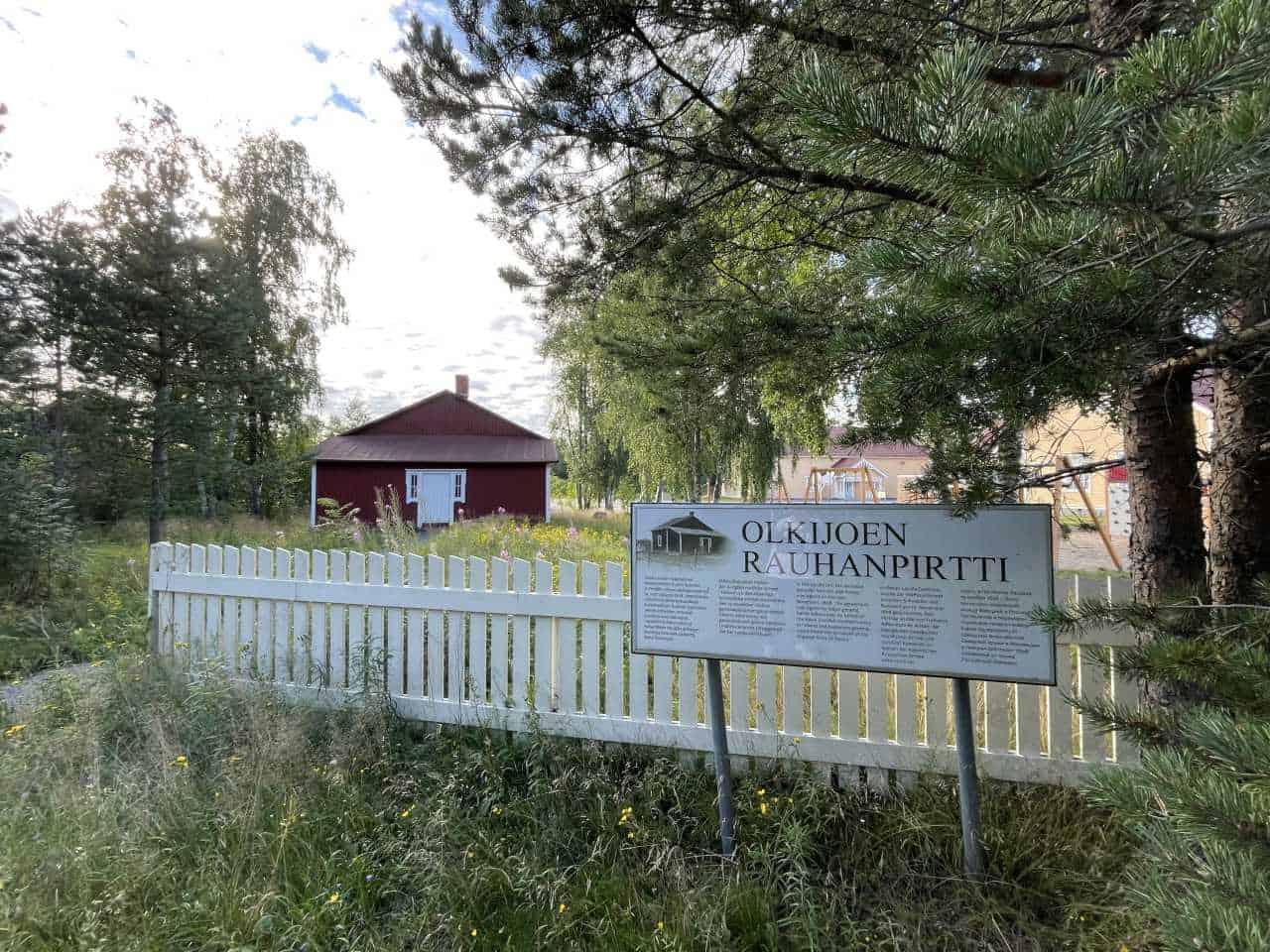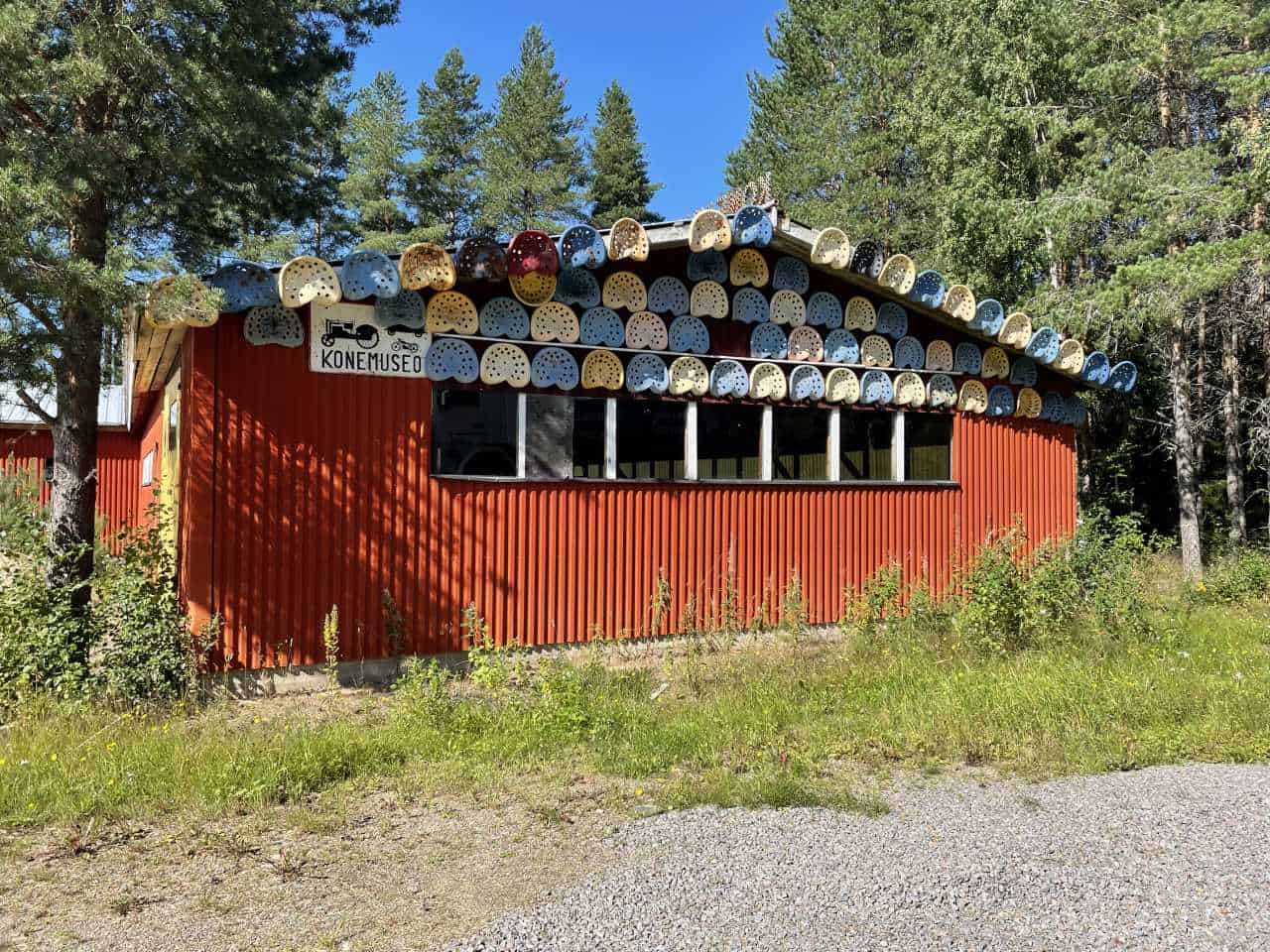Pattijoki is a former municipality in northern Ostrobothnia, which was founded in 1867 and was absorbed into the city of Raahe in 2003. The area of Pattijoki is 260.2 square kilometers, the coastline is 15.5 km. and a population of about 6,250 people.
Where is Pattijoki located?
Pattijoki is located just a few kilometers east of the center of Raahe. The location along highway 8, 70 km south of Oulu, guarantees good traffic connections in all directions. Most of the residents live in the church village on Pattijoki and on the banks of Olkijoki and Pattijoentie. Church village is located only 5 kilometers from the center of Raahe.
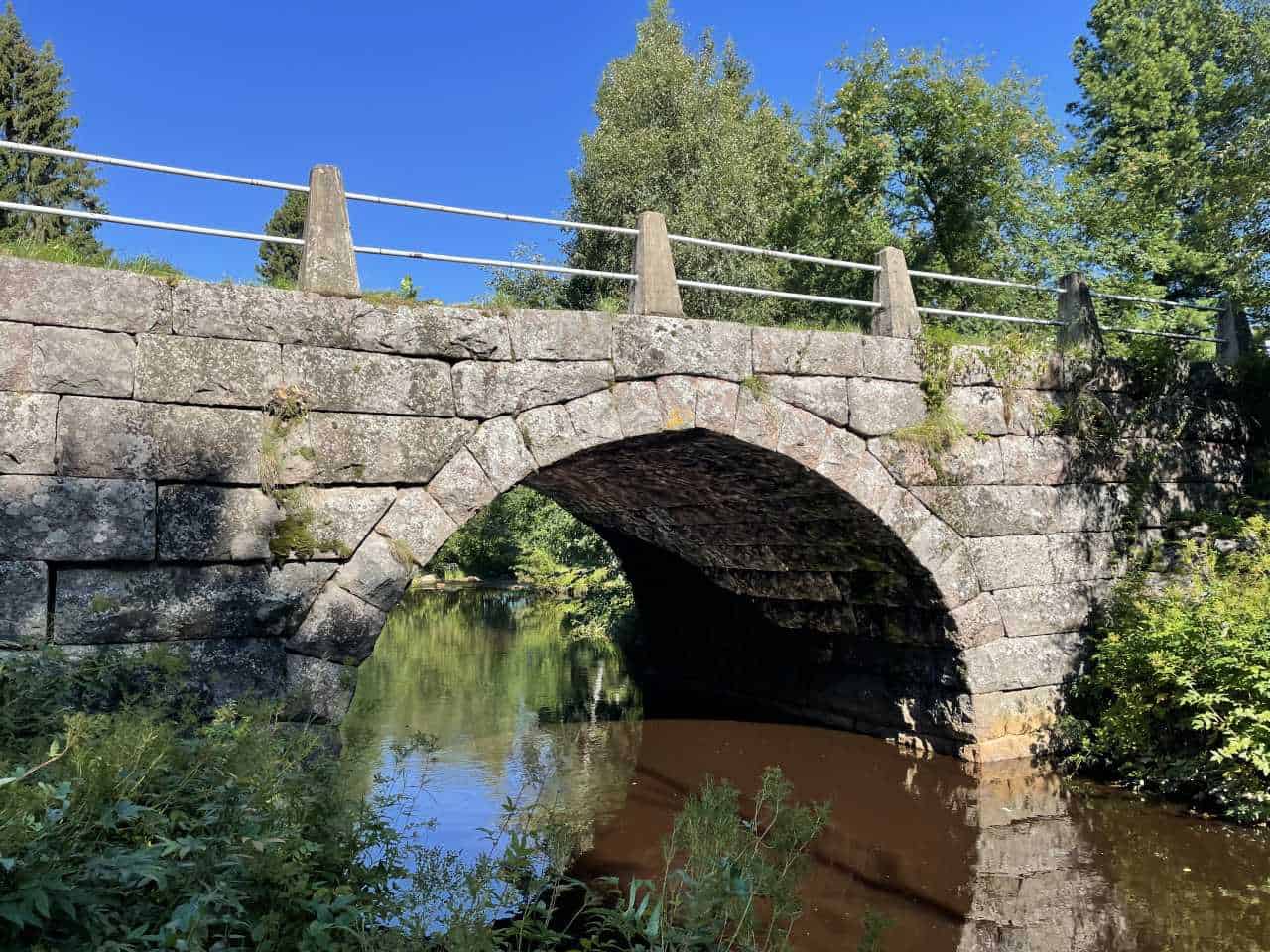
Pattijoki has its own small airport in the area. The nearest passenger airport, Oulunsalo, is 65 kilometers away. On the sea coast of Pattijoki there are also two small marinas popular with fishermen and pleasure boaters. A busy seaport is located less than ten kilometers away in Raahe.
The sea is a wonderful part of the Pattijoki region and many call the Mikonkari cape its pearl. The coastal landscape of Mikonkari Bay is dominated directly by the open rock formation, Parrinkalliot, rising up to a height of 10 meters from the sea.
On an almost natural promontory, the Veteran’s House maintained by the support association and the Lohenpyrstö camping area are located. Both offer accommodation and meal services. A bird tower and a nature trail can be found near Lohenpyrstö.
In the old fisherman’s village, starting from the tip of the cape, the following fishing cabins are located: Koivisto, Meskus and Tervakangas, whose building base is traditional in appearance. There is also a turn-of-the-century style Mäkinen villa nearby. The summer settlement has somewhat changed the environment of the fishing village.
Attractions in Pattijoki
Pattijoki’s landmark is the plush water tower completed on Kamutanmäki in 1987.
Residence
Pattijoki has one church village and four side villages: Jokela, Olkijoki, Kopsa and Ylipää. Many places are said to be good places to live and try. You can also enjoy living, doing business and the environment in Pattijoki.
Well-known people from Pattijoki
- Veeti Kallio
- Miika Salomäki
Villages of Pattijoki
- Jokela
- Kopsa
- Olkijoki
- Ylipää
Village associations of Pattijoki
- Jokela-Pattijoki kyläseura ry
- Kopsan kyläseura ry
- Lasikankaan kyläyhdistys ry
- Olkijoen kyläyhdistys ry
Sports clubs in Pattijoki
- Pattijoen Tempaus
History of Pattijoki
The history of Pattijoki stretches back to the 15th-16th centuries when it was a remote settlement inhabited by Karelian and Satakunta people. Pattijoki played a crucial role in the Finnish War from 1808-1809. It was at the Lassila Inn, Olkijoki, where Russians and Swedish signed an armistice on November 19, 1808, that eventually led to the end of war on September 17, 1809. Nowadays, the building houses the Olkijoki Treaty Museum where visitors can look at the room where the historic document was signed.
Until the 1860s, the municipality belonged to Salo, one of the three large holders of Ostrobothnia. Pattijoki’s actual founding year is considered to be 1867, when the municipality of the owner of Salo started to implement the municipal ordinance enacted two years earlier. The name of the municipality remained “Salo emäseurakunta” until January 8, 1920, when the name Pattijoki was officially adopted.
Pattijoki’s coat of arms was designed by heraldist Gustaf von Numers and the coat of arms was confirmed on February 15, 1968. The coat of arms has a blue bar on a silver field, on which is depicted a golden sheaf of oats. Oats symbolize farming and agriculture, blue beam Pattijoki.
Proximity to the maritime and industrial town of Raahe helped Pattijoki to flourish at a rapid pace. In 2003, Pattijoki was included in the composition of Raahe, losing its secular and ecclesiastical autonomy. Nonetheless, the church continues offering religious services and attracting visitors who come to see its Art Nouveau beauty.
 Raahe Guide Raahen Esittely
Raahe Guide Raahen Esittely
